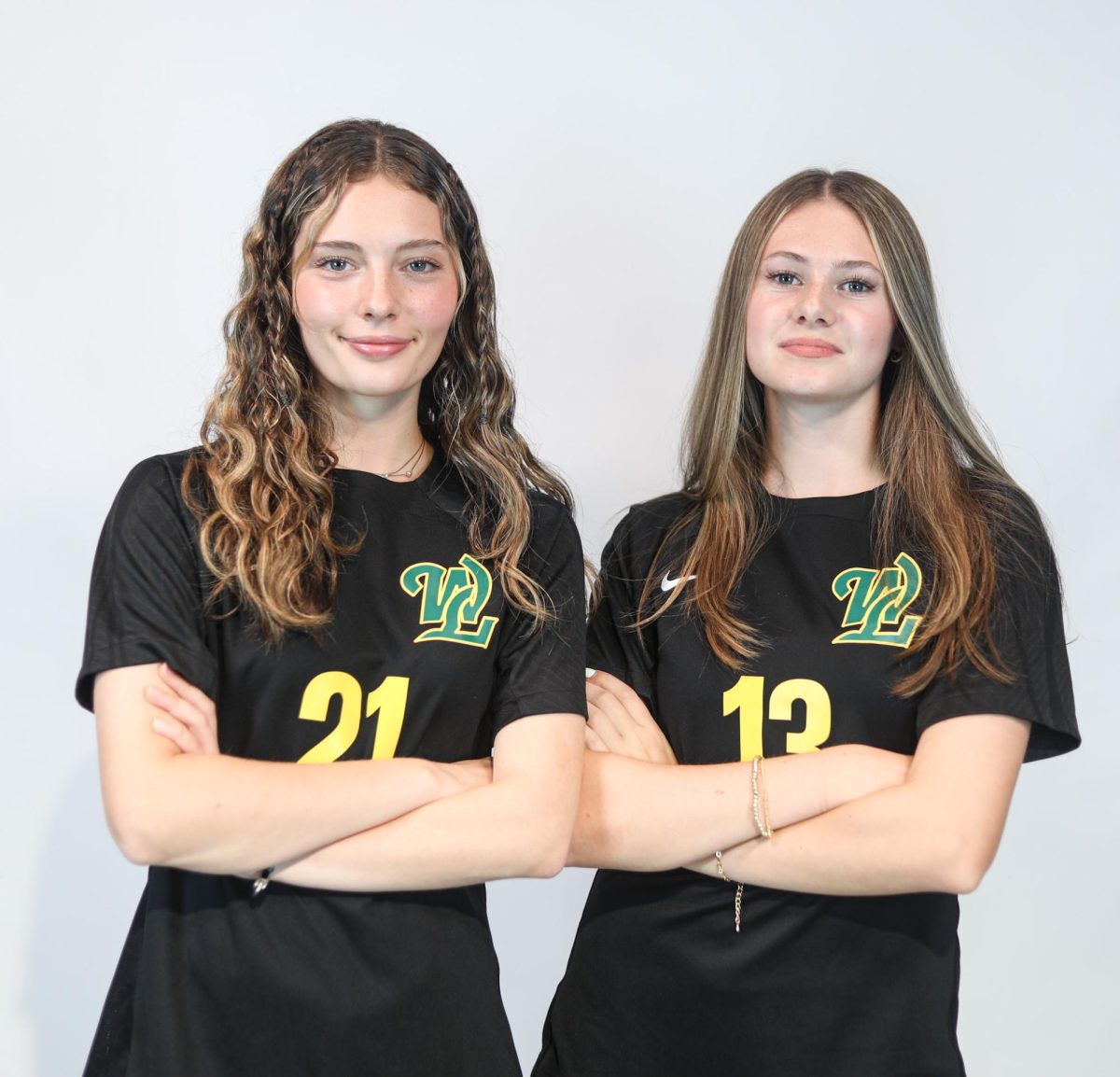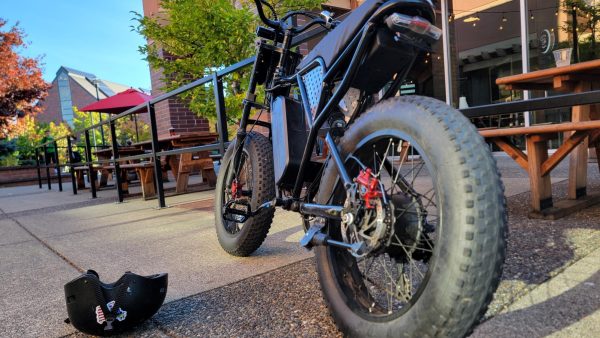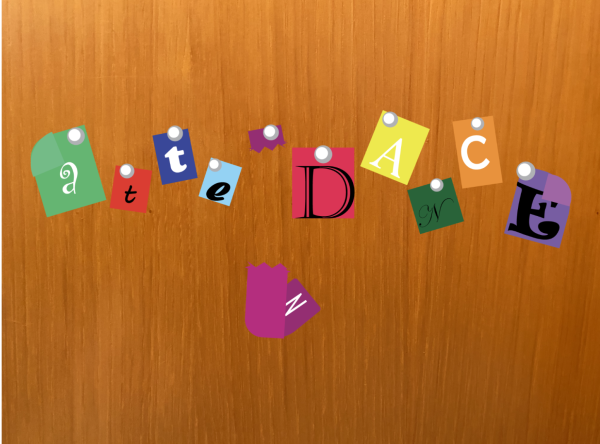The inherent problems with public education today
And How to Solve It
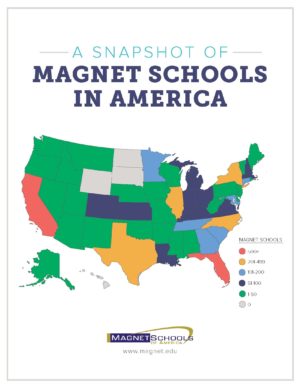
Distribution of America courtesy of Magnet Schools of America
Even with the improvements made in recent years, the school systems in America need to keep adapting, and that requires money.
The entire process of going to school in almost every part of America focuses on the class instead of the individual. Whether it be a smart student forced to go slower because there isn’t enough resources to let them keep push ahead, or a child gets left behind because of something obstructing their learning, schools need to change to help the student.
There’s a multitude of reasons for students to not properly learn what they need to, and a large one is that there is an average of 23.1 students for every class taught by a teacher, and a study by the National Center for Education Statistics found that 14% of U.S. schools exceeded capacity.
For a gifted student, they could be ready to move on to the next unit by the time the rest of the class finished reading the instructions. Because the student isn’t able to advance onward, they are left to just sit around and do nothing while everyone else works through the unit. A likely outcome is that the student learns that going slower is better because they have something to do all class, and their growth is stunted as a result.
Here is a simple scenario that happens all too often in classes: the instructor/teacher has just taught the class a new concept and asks a example question to see if the students have learned it. A student who may have gotten a good grip on the topic may immediately answer the question correctly, and thus the teacher is satisfied that the whole classroom is educated properly.
A study run by the PNAS has found that “failure rates under traditional lecturing increase by 55% over the rates observed under active learning.” (PNAS) Active learning in this case having a student have a continuous dialogue with the teacher, which is interestingly hard to do when 24 students all need to work with the same teacher for a single hour.
Having more teachers is the easiest way to fix the problem, and yet a 2016 report by the Learning Policy Institute found that there’s a 35% decrease in teacher education enrollment, and there’s an abundance of reasons for why less people want to teach.The median annual salary for a high school teacher is about $58K, which is fabulous because a family of four in America requires an estimated $7K more than a teacher salary.
Increasing the budget of our education is the key to solving this, and the problems a lack of teachers causes. The increase in teaching resources also allows for gifted students to be able to have a different path that allows them to stay on the advanced track and reach their full potential. A lot of districts on the East Coast found a great solution that allows everyone to work at the speed that they feel works best, and that is Magnet Schools.
Magnet Schools offer a unique ability for gifted students to go to schools that are specifically designed to work with gifted students to help them hone their special “gifts.” It’s similar to the X-Men mansion, but less cool, although it’s just as fun from my own personal experience. We need to implement increases in school budgets and use them to establish schools that are made to help us exceed at what we do best, instead of learning things that we won’t be practicing in the future.
Your donation will support the student journalists of West Linn High School. Your contribution will allow us to continue to produce quality content by purchasing equipment, software, and continuing to host our website on School Newspapers Online (SNO).


![Reaching out. Christopher Lesh, student at Central Catholic High School, serves ice cream during the event on March 2, 2025, at the Portland waterfront. Central Catholic was just one of the schools that sent student volunteers out to cook, prepare, dish, and serve food. Interact club’s co-president Rachel Gerber, junior, plated the food during the event. “I like how direct the contact is,” Gerber said. “You’re there [and] you’re just doing something good. It’s simple, it’s easy, you can feel good about it.”](https://wlhsnow.com/wp-content/uploads/2025/03/interact-1-edited-1200x744.jpg)

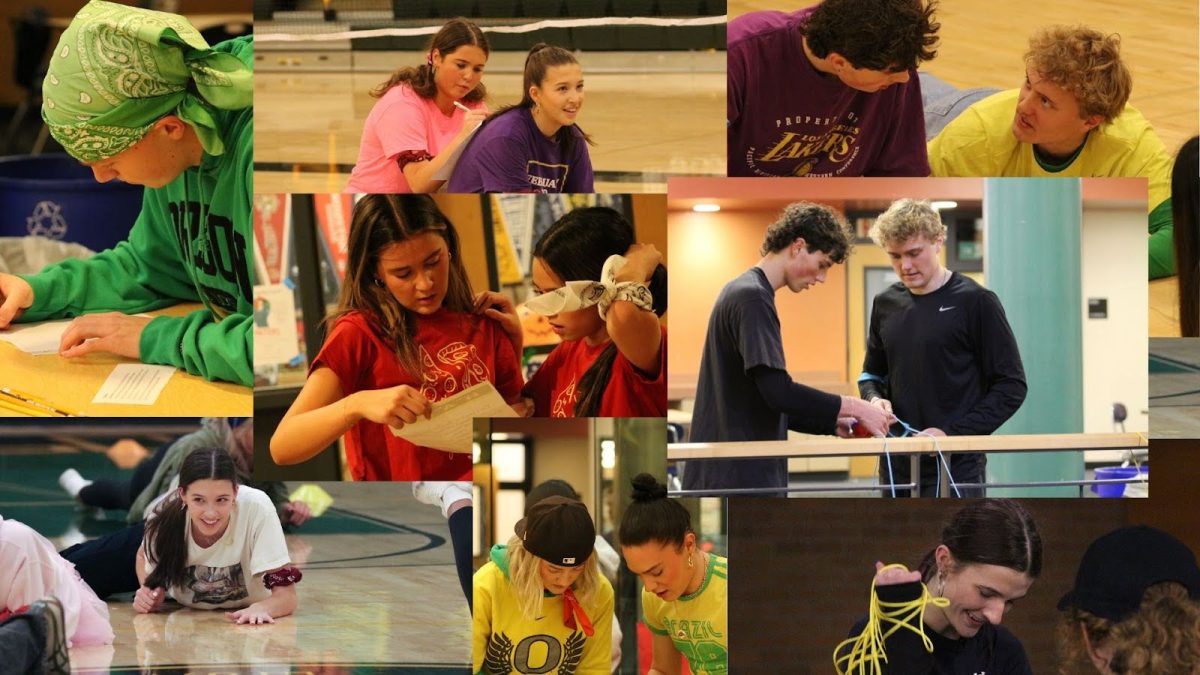









































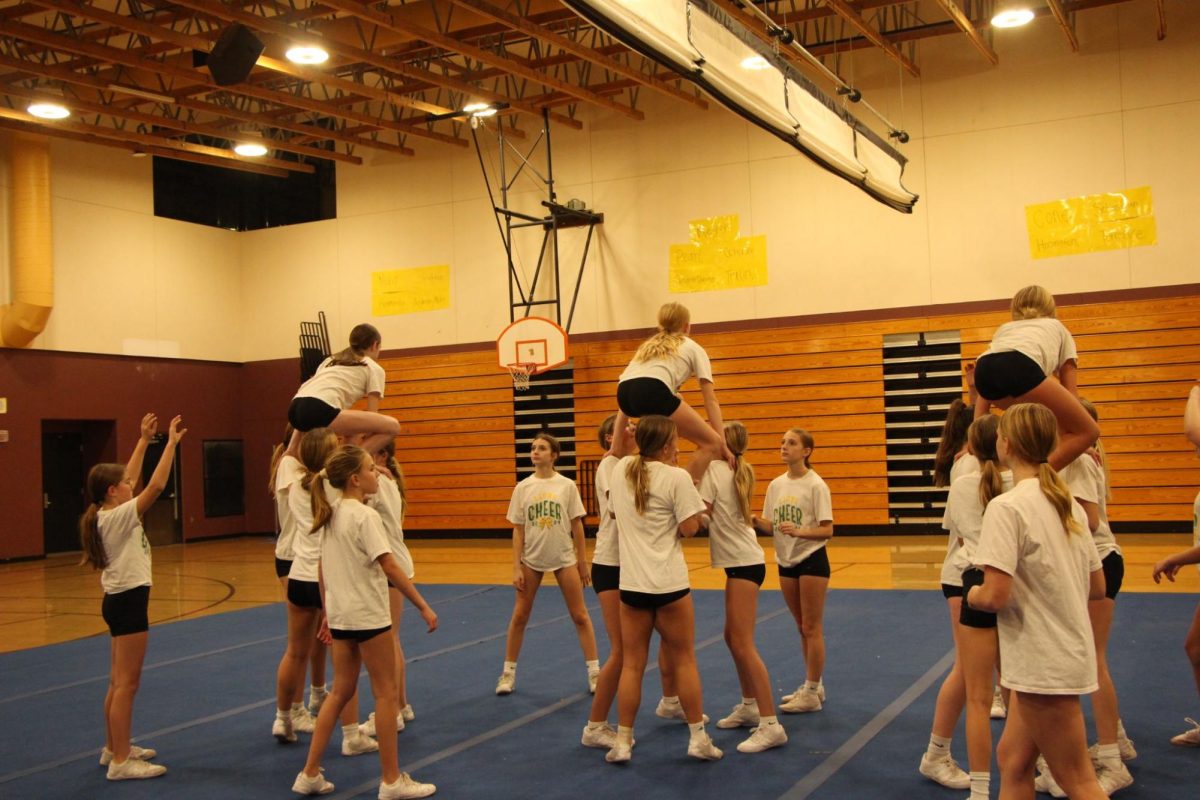
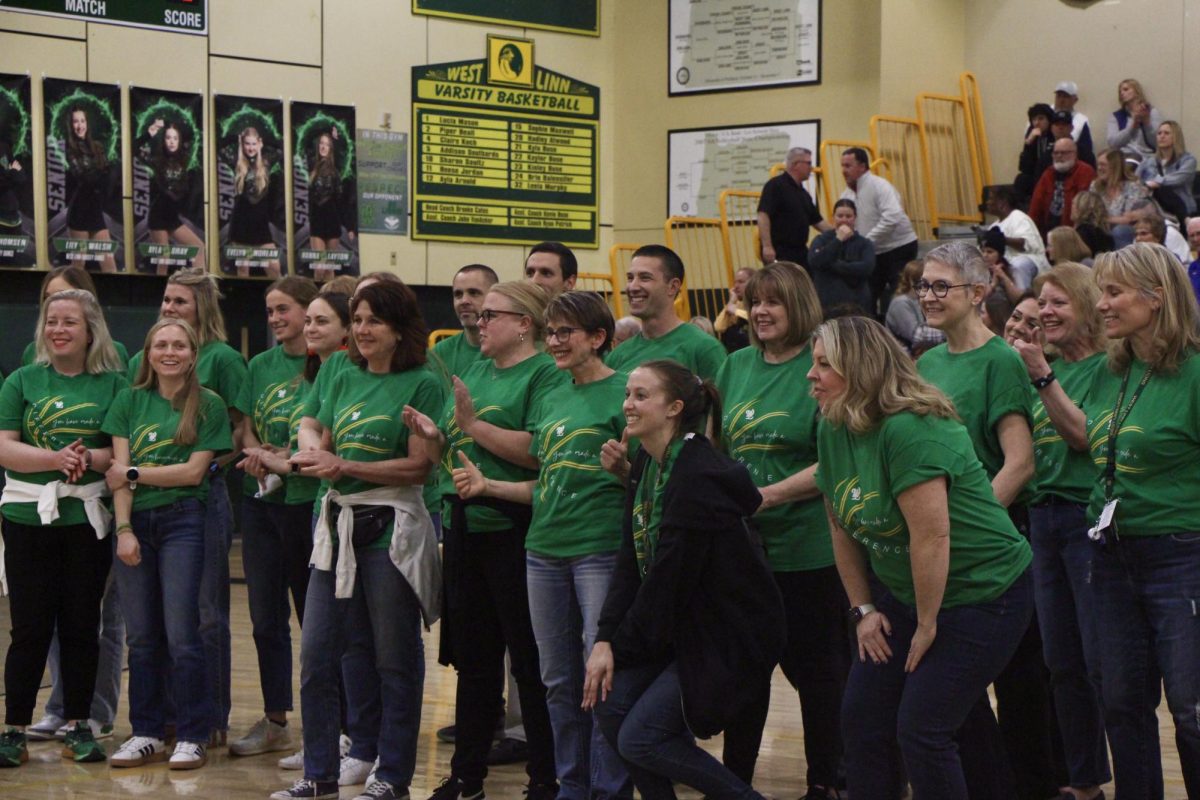
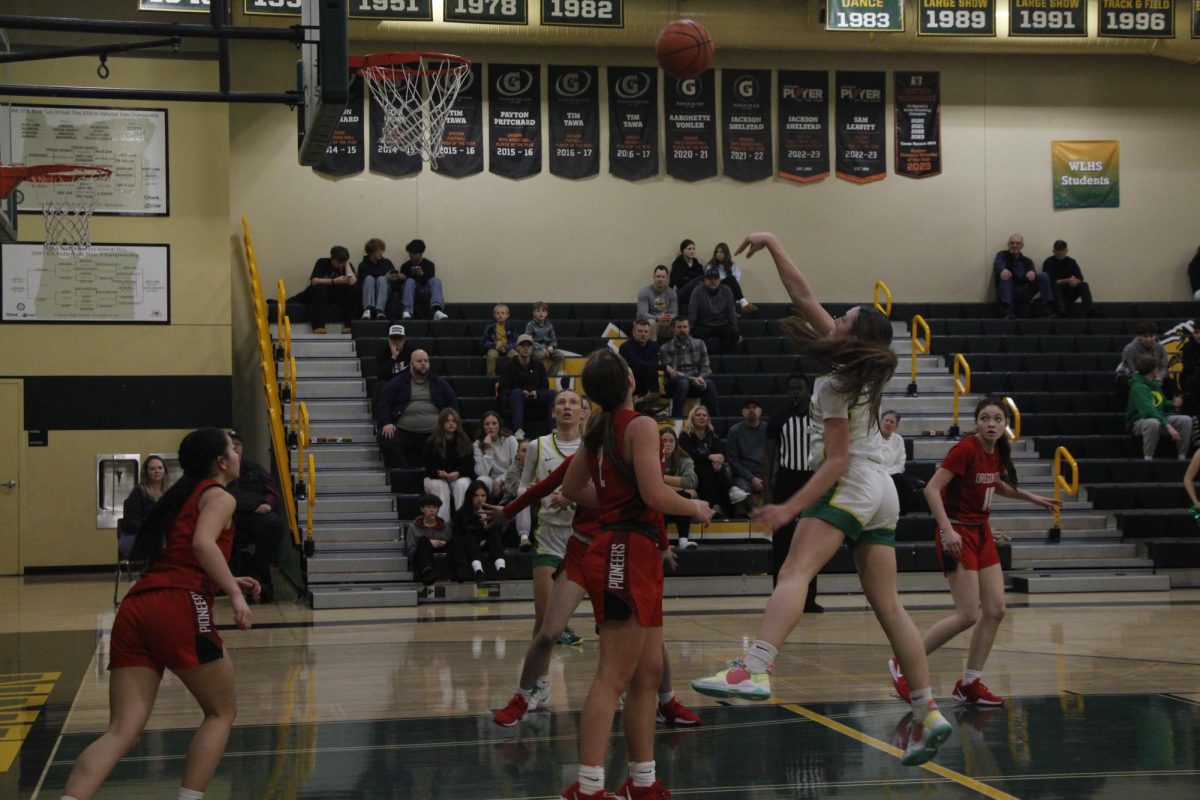









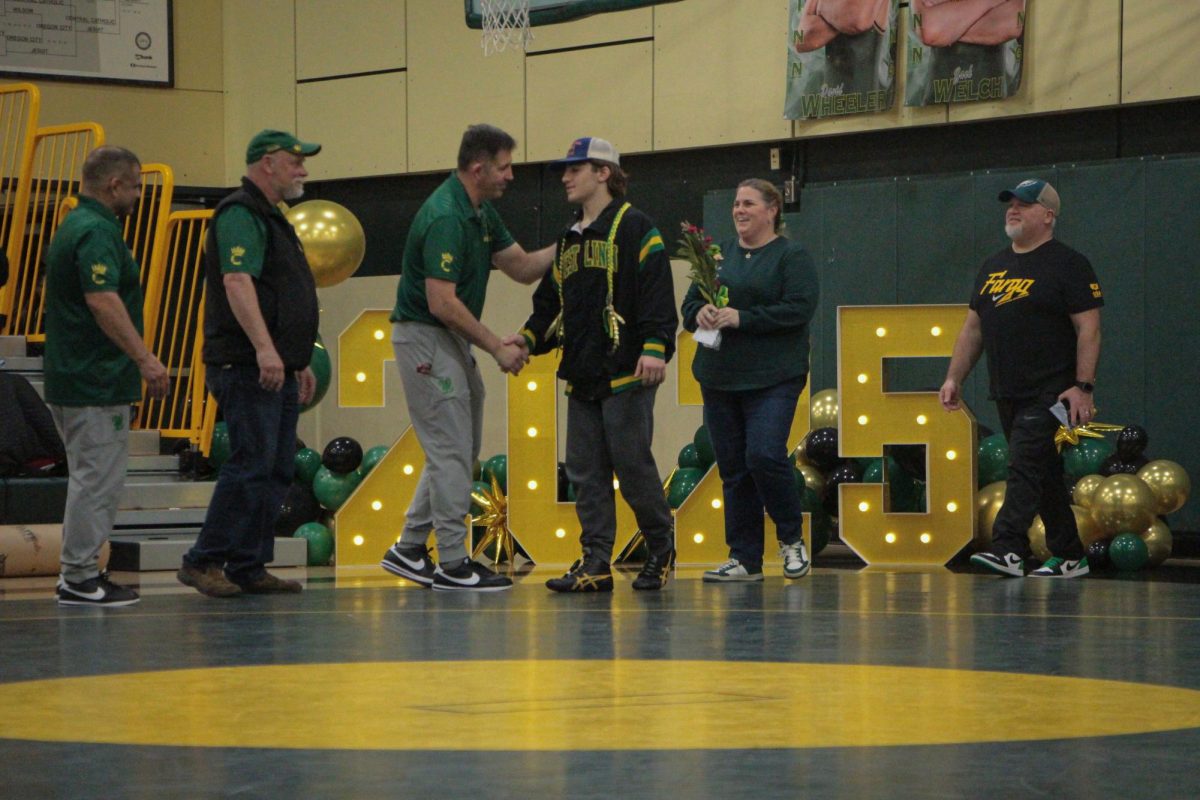

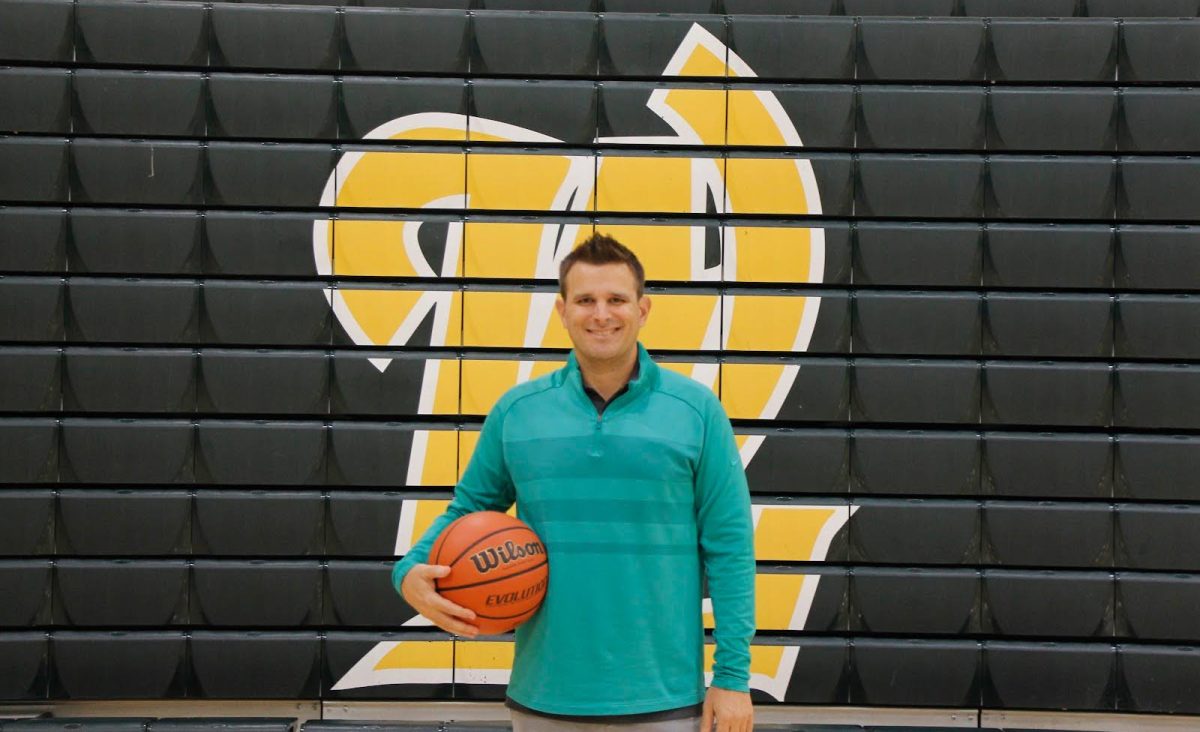



![At the bottom of the third inning, the Lions are still scoreless. Rowe stands at home plate, preparing to bat, while Vandenbrink stands off to the side as the next batter up. Despite having the bases loaded, the team was unable to score any runs. “It’s just the beginning of the season. We’re just going to be playing out best by June, [and] that’s where champions are,” Rowe said.](https://wlhsnow.com/wp-content/uploads/2024/03/IMG_3077-1200x900.jpg)












































